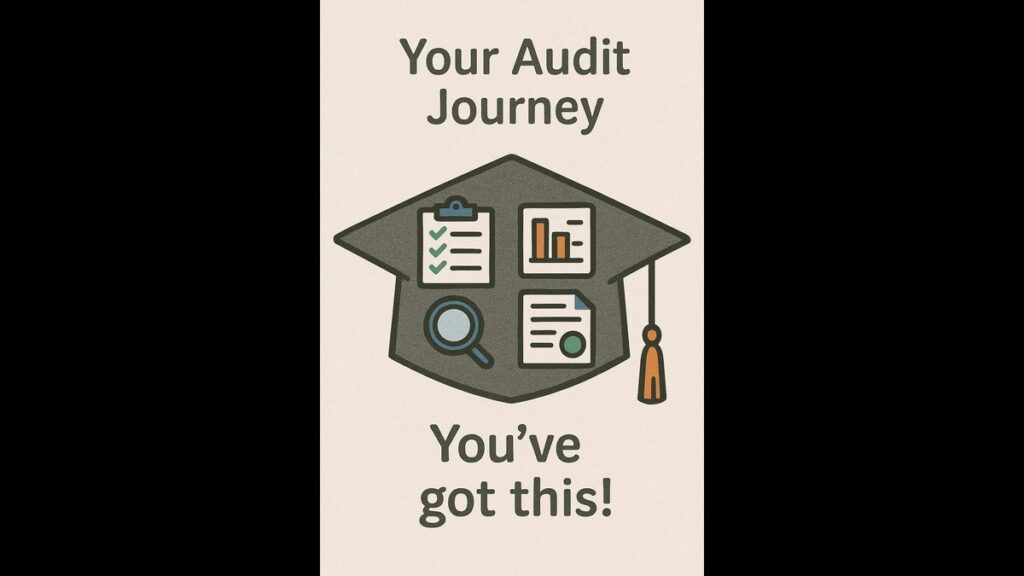🌟 Intro: Think Like a Movie Detective!
Imagine you’re solving a mystery:
🕵️♂️ Get clues → Check alibis → Prove your case → Announce the truth
That’s exactly what auditors do! Let’s break down their detective work step-by-step.
🗓️ Step 1: Planning (The “Game Plan”)
“Like planning your exam study schedule!”
What happens:
- Auditor meets the company (“Suspect”)
- Asches: “Where could mistakes or fraud hide?”
- Flags risky areas (e.g., cash transactions, inventory)
Real Example:
Planning for a restaurant audit → Focus on cash sales (easy to hide) and food inventory (spoils quickly).
Why it matters:
✅ Good plan = Saves time, catches big issues
❌ No plan = Misses important clues
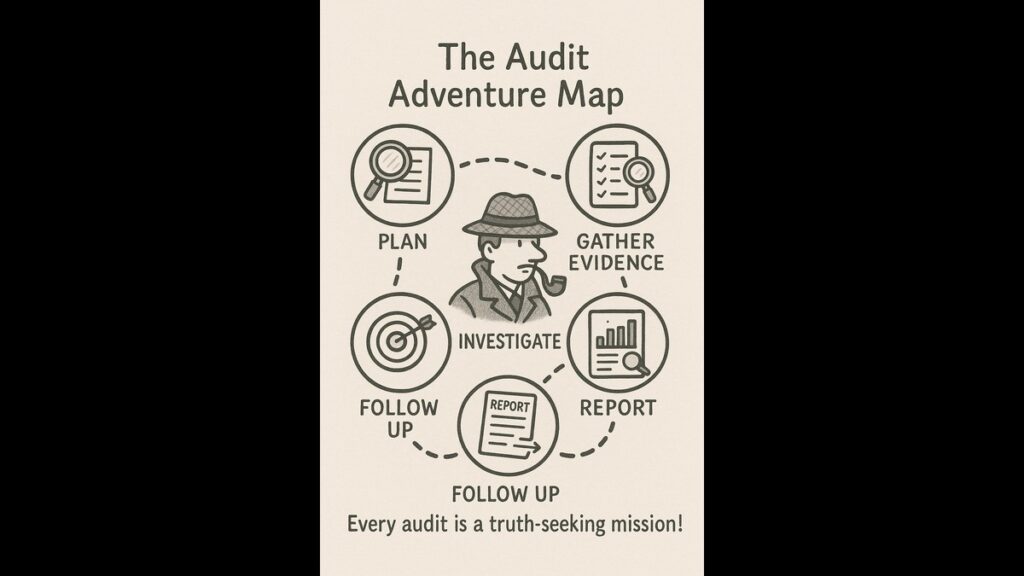
📝 Step 2: Audit Programme (The “To-Do List”)
“Your exam revision checklist!”
What it is: A simple task list:
plaintext
Copy
Download
1. Check cash register - Priya (by 15th) 2. Verify inventory - Raj (by 20th) 3. Review supplier bills - Amit (by 25th)
Key features:
- Clear deadlines 🕒
- Team responsibilities 👥
- How to test each item (e.g., check 30% of invoices)
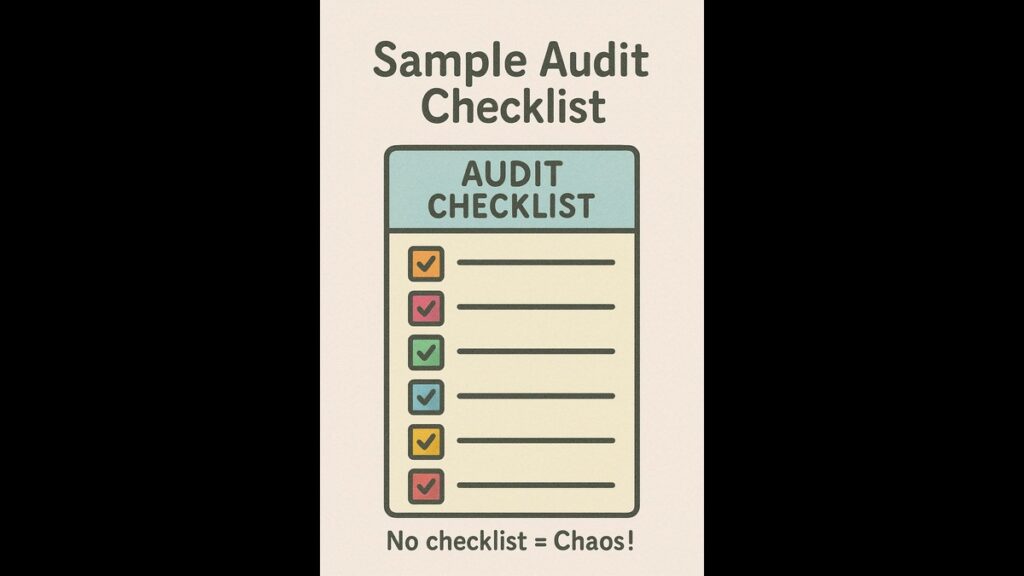
🔎 Step 3: Vouching & Verification (The “Fact-Check”)
Two simple tools:
| Vouching | Verification |
|---|---|
| “Checking paper trails” | “Physical inspection” |
| ▶️ Match invoices to bank statements | ▶️ Count cash, scan inventory tags |
| 🎯 Catches fake transactions | 🎯 Confirms assets exist |
Student Analogy:
Vouching = Cross-checking notes with textbook
Verification = Checking lab equipment actually works
📓 Step 4: Working Papers (The “Secret Diary”)
“Your rough notebook during exams!”
What it contains:
- Photocopies of key documents
- Checklists with ✅/❌
- Private notes and calculations
Why auditors need it:
- Proof they did their work properly
- Memory aid for next year’s audit
- Legal protection if questioned
Golden Rule:
🔒 Never shown to clients!
📸 Step 5: Evidence Collection (The “Proof Album”)
Auditors need solid proof like:
| Evidence Type | Everyday Example |
|---|---|
| Paper Proof | Signed receipts, contracts |
| Digital Proof | Bank transfer screenshots |
| People Proof | Staff interviews |
| Eye Proof | Seeing inventory yourself |
Evidence Rule:
🚨 “If you can’t prove it, it doesn’t count!”
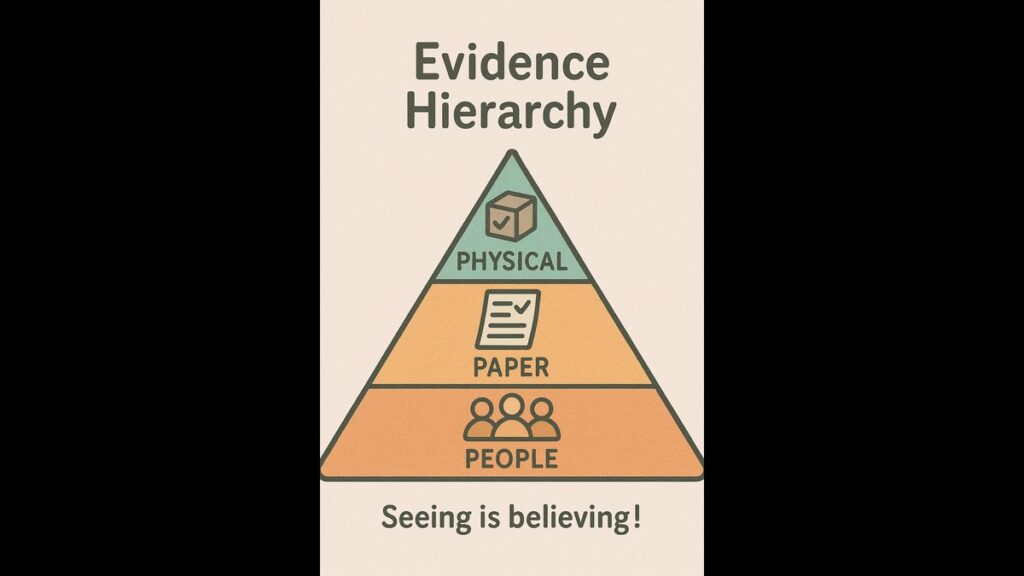
📜 Step 6: Audit Report (The “Final Verdict”)
“Your exam results – but for companies!”
4 Possible Opinions:
- 👍 Clean Chit: “All good!”
- ⚠️ Qualified: “Good except [one issue]…”
- 👎 Adverse: “This is wrong!”
- ❓ Disclaimer: “Can’t decide (not enough info)”
Real Report Snippet:
“We found ₹5 lakh of missing inventory. Except for this, the accounts are accurate.”
➡️ This is a QUALIFIED OPINION
📊 Infographic: The Audit Journey
Place: After Step 6
| Stage | Student Version | Audit Version |
|---|---|---|
| Planning | Exam study schedule | Risk assessment |
| Programme | Revision topics list | Task checklist |
| Vouching | Cross-checking notes | Matching invoices |
| Evidence | Highlighting textbooks | Collecting documents |
| Report | Writing exam answers | Issuing audit opinion |
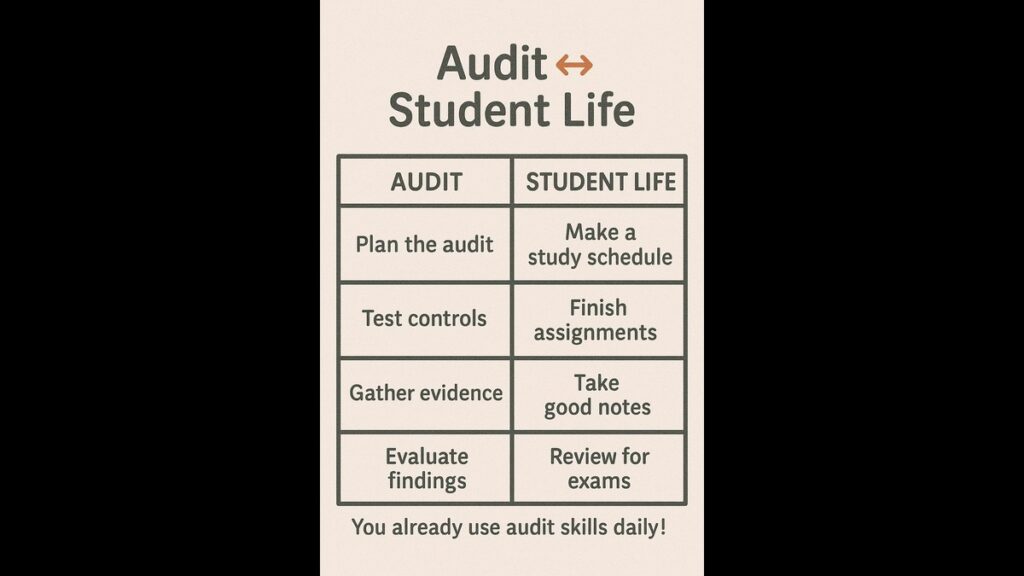
✅ Key Takeaways
- Planning is half the battle – Know where to look!
- Vouching catches lies – Paper doesn’t lie!
- Evidence is king – No proof = No opinion
- Reports tell truth – Companies live/die by them
💡 Pro Tip: “Working papers are your superhero cape – they protect you!”
📚 Student Success Kit
For Exams:
- Memorize the 6 steps (use acronym: P-VERD = Planning, Vouching, Evidence, Report, Documentation)
- Focus on differences between vouching vs verification
For Career:
- Auditors need attention to detail (like checking your exam paper twice!)
